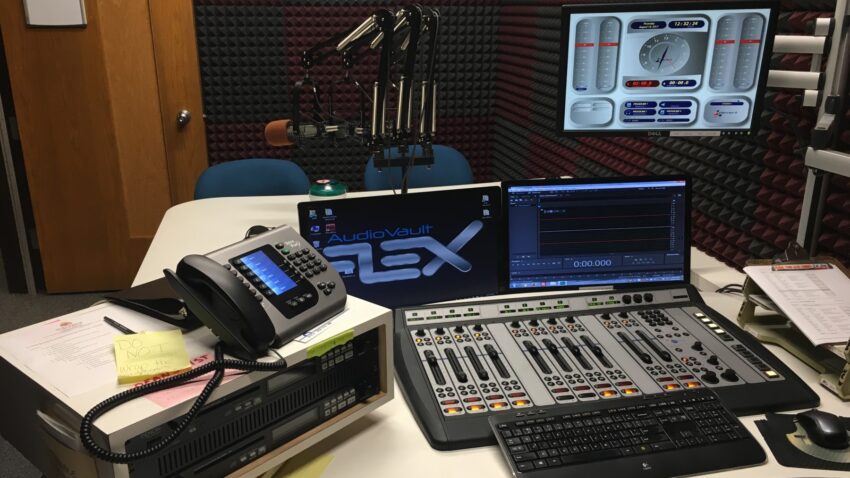The Upper Midwest has a wide variation in the number and type of public radio services. It’s interesting to note that some small communities have four or more public radio offerings, while others have only one.
Here’s a generalized glance at full-power offerings in larger regional cities:
| City | # Stations | News/Talk | News/Music | Classical | Alternative | Other |
| Bismarck | 1 | PPR | ||||
| Cedar Rapids | 4 | IPR | IPR | IPR | KCCK | |
| Des Moines | 6 | IPR | IPR | IPR | KDPS KWDM KJMC | |
| Dubuque | 3 | IPR WVIK | IPR | |||
| Duluth-Superior | 7 | MPR WPR | WPR | MPR | MPR WDSE | WGZS |
| Eau Claire | 2 | WPR | WPR | |||
| Fargo | 4 | MPR | PPR | MPR | KNNZ | |
| Grand Forks | 4 | MPR | PPR | MPR | PPR | |
| Green Bay | 2 | WPR | WPR | |||
| La Crosse | 4 | MPR WPR | WPR | MPR | ||
| Lincoln | 3 | NPM | KRNU | KZUM | ||
| Madison | 4 | WPR | WPR | WSUM | WORT | |
| Mankato | 4 | MPR | MPR | MPR | KMSU | |
| Marquette | 2 | WNMU | WUPX | |||
| Milwaukee | 4 | WUWM WPR | WYMS WMSE | |||
| City | # Stations | News/Talk | News/Music | Classical | Alternative | Other |
| Minneapolis-St. Paul | 7 | MPR | MPR | MPR KUOM | KBEM KMOJ KFAI | |
| Minot | 1 | PPR | ||||
| Omaha | 4 | KIOS | KVNO | KIWR | KOWN-LP | |
| Quad Cities | 4 | WVIK-HD2 | IPR WVIK | KALA | ||
| Rapid City | 3 | SDPB | KTEQ | KILI | ||
| Rochester | 4 | MPR | MPR | MPR | KRPR | |
| St. Cloud | 3 | MPR | MPR | KVSC | ||
| Sioux City | 1 | KWIT | ||||
| Sioux Falls | 3 | MPR | SDPB | MPR | ||
| Tri-Cities | 3 | NPM | KCNT KLPR | |||
| Waterloo | 3 | IPR | IPR | KBBG | ||
| Wausau | 3 | WPR | WPR | WXPW |
As you can see, this list does not include low-power FM stations, but it does include translators (thus the WVIK-HD2 listing). The News/Music category means News and Classical in most cases except for IPR, where it means News and Adult Alternative. The Classical and Alternative columns are for stations that carry the format full-time or nearly full-time.
Duluth-Superior stands out with seven full-power public radio services, tied with the Twin Cities for the most in the Upper Midwest. This is largely due to overlap between two statewide providers and additional local stations.
Border overlap is also responsible for some of the increased service in places like La Crosse, Sioux Falls, Fargo, and Grand Forks.
By contrast, Bismarck, Minot, and Sioux City have just one full-power public radio station offering a variety of programming. This is true in much of Nebraska, North Dakota, and South Dakota, since the states are served by single-station networks, contrasted with dual network service in most of Wisconsin and triple-network service in parts of Iowa and Minnesota.

